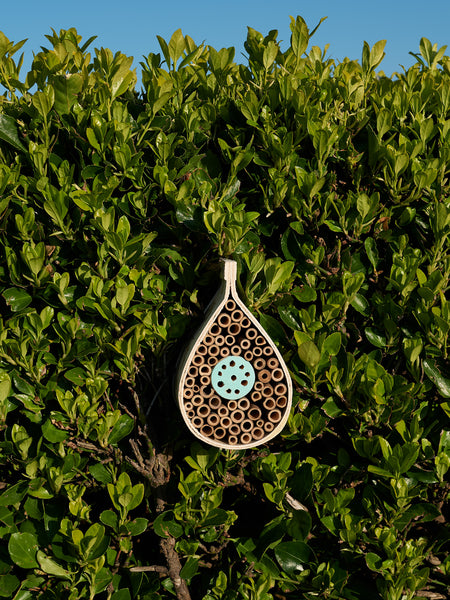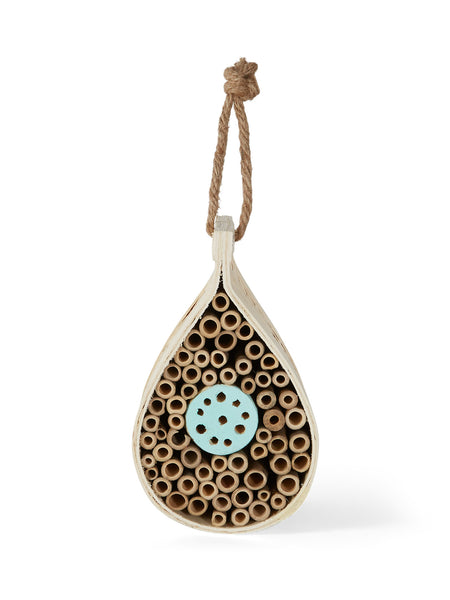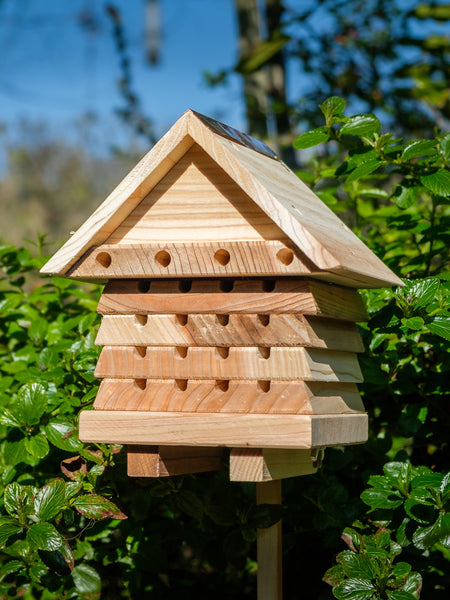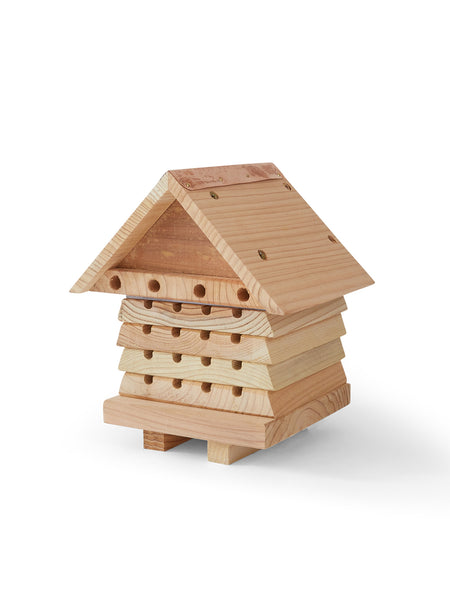Many gardening terms are not at all obvious, creating a false sense of difficulty or complexity. My ‘In The Know’ guides are designed to introduce you to terms and techniques used by experienced gardeners so that everyone can understand them.
What is the June gap?
The month of June typically begins when spring-flowering plants and trees have recently shed their blooms but before summer-flowering plants have reached their peak. Beekeepers and gardeners refer to this period of transition as the ‘June gap’ because there is a general shortage of pollen and nectar for bees and pollinators to forage.
It’s at precisely the time of the June gap that honey bee colonies are approaching their peak population. Queen bees are laying eggs and colonies have many larvae to feed. A reduction in available nectar and pollen for the worker bees to forage can leave large colonies struggling to feed themselves.
The June gap is most keenly felt in rural areas dominated by intensive agriculture. Following a glut of hawthorn blossom and oilseed rape flowers, it may be 2-3 weeks before wildflowers, brambles and heathers step up to replace them. In urban areas the June gap is less pronounced because gardens in towns and cities contain a greater number of introduced plants. However, you may still notice a short period between the last tulips fading and the first roses blooming when your garden suddenly becomes unexpectedly green.

What can I do to help?
As responsible gardeners we should all be thinking about attracting pollinators whether we live in urban or rural areas. If you are a hayfever sufferer you may understandably prefer to leave the solution to others, but for bees there’s no such thing as too much pollen.
If you have time to plan ahead, the list below indicates a few common garden plants that flower prolifically in June. If you don’t have time, and the June gap is already upon you, then a trip to your local garden centre to stock up on plants with single, daisy-shaped flowers or tubular blooms like foxgloves will quickly fill your garden with colour and provide pollinators with a welcome treat. You’ll find more suggestions in my guide to Being a Bee-Friendly Gardener.
Plants to Bridge the June Gap
Trees & Shrubs
- Sweet chestnut (Castanea sativa)
- False acacia (Robinia pseudoacacia)
- Laburnum (Laburnum anagyroides)
- Tree of heaven (Ailanthus altissima)
- Common elder (Sambucus nigra)
- Tree mallow (Lavatera arborea)
- Deutzia
- Weigela
- Hebe
- Mexican orange blossom (Choisya ternata)
- Mock orange (Philadelphus)
- Cotoneaster
- Firethorn (Pyracantha)
- Californian lilac (Ceanothus)
Perennials, Biennials & Annuals
- Ornamental onion (Allium)
- Field poppy (Papaver rhoeas)
- Columbine (Aquilegia vulgaris)
- Cranesbill (Geranium)
- Bellflower (Campanula)
- Thyme (Thymus)
- Sage (Salvia officinalis)
- Valerian (Valeriana officinalis)
- Greater knapweed (Centaurea scabiosa)
- Swan River daisy (Osteospermum)
- Viper’s bugloss (Echium vulgare)
- Tower of jewels (Echium pininana)
- Comfrey (Symphytum officinale)
- Borage (Borago officinalis)
See Also:
In The Know - The Chelsea Chop
How To Grow An Annual Flower Meadow






